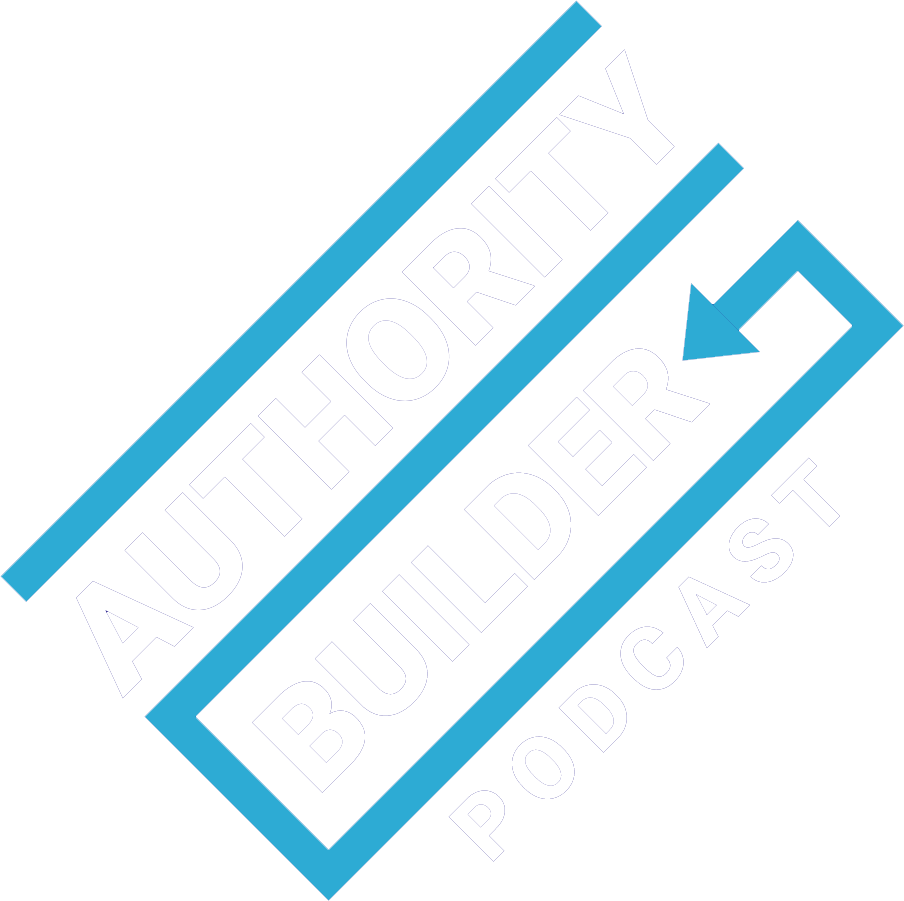You do great work for your clients… you love what you do. But “selling” yourself and your services has been a challenge, even though you know it’s essential to the growth of your business.
Christine Schlonski says it’s time to have more impact on more people… while making more money. You have to switch your mindset; you have to change the negative view you have of sales.
That’s when you can have the sales breakthrough your business needs.
The good news: sales is a learnable skill, says Christine. She gets you started on your journey to sales success and also talks about…
- Creating an always-full pipeline of leads
- Your first step in eliminating negative feelings about sales
- Why the right relationships can have an exponential impact
- A trick for overcoming “overwhelming” obstacles
- How empathy can transform your sales approach and dramatically increase your sale ratio
Listen now…


